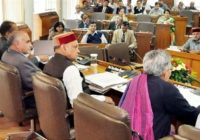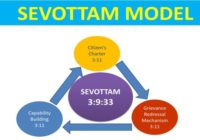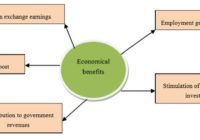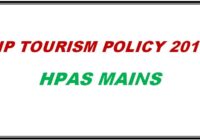Five Years Plans and Vision for the developed Hill States – HPAS Mains
BACKGROUND: The concept of planning both social and economic is listed in the concurrent list which means that it is a concern of both the government. In 1946 itself, under the interim govt an ‘Advisory Planning Board’ was set up, under the chairmanship of K.C. Neyogi. After independence, in 1950 the central agency of planning… Read More »







